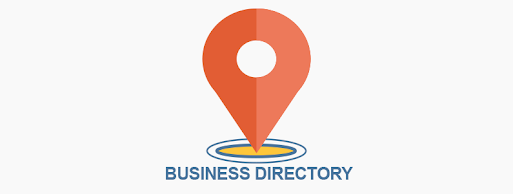The benefits of a restaurant-specific internal delivery system
With an internal delivery system, restaurant chains are able to engage a group of committed, qualified delivery personnel and buy their own fleet of cars. Paying hefty charges to aggregator companies is more expensive than maintaining its own delivery crew. A study found that direct channels account for 43% of online purchases.
A fully-owned delivery mechanism increases your ability to control the delivery process, improves the consumer experience, and increases your revenue. A food provider with access restrictions to third-party delivery companies due to their geography may find it appealing to establish an internal delivery fleet. Take a look at many of the advantages.
1. Complete Command
Your ability to fully control the delivery process is made possible by having an internal delivery system. The management of delivery service procedures and employee training are entirely within the hands of the restaurant. You don't need to submit a request to a third-party company if there is still a problem with poor administration or route planning; you can make alterations directly.
The effectiveness of their delivery operations can be improved with better employee control and find things to do near you. In order to exceed consumer expectations, you can integrate a powerful delivery management system that simplifies and automates the whole delivery process.
2. Enhanced Customer Service
You can pick their own product portfolio and delivery models using an internal delivery mechanism. Your restaurant manages every aspect of delivery, including taking orders and choosing the delivery executive. Your company is best positioned to satisfy customised order requests if a consumer makes them.
Your trustworthy personnel oversee the full order cycle. You can be confident that they will provide the services you require since they're the ones interacting with clients. The best ways to keep your clients and improve their experiences are through these steps.
3. Reduced Delivery Time
When a client places an order through a third-party food delivery app, the delivery agent frequently handles requests from multiple restaurants at once. Because customers only demand orders from one restaurant, an internal delivery executive may be able to complete the delivery in a shorter amount of time. Restaurant workers can require the delivery of a delivery executive as quickly as the order is ready, which optimises the delivery time and increases the number of orders filled in a given amount of time.
4. Increased profitability
Having internal courier services may aid in increasing restaurant sales. A significant investment is needed to start a restaurant-owned delivery service. In the long term, not needing to pay the third-party organizers' huge commission fees would appear to be profitable, according to analysts at Deloitte.
Restaurants may increase sales and keep more money from each order by offering in-house delivery services. It costs 50% less to maintain a restaurant delivery team than to use outside assistance. Restaurants can offer the lowest food prices by avoiding the large percentages that must be charged to aggregating platforms.
This allows restaurants to cut their food costs, increasing their appeal to potential consumers. An automatic free advertising delivery method also gets rid of any ongoing expenses and other undisclosed commissions related to third-party services.




Comments
Post a Comment